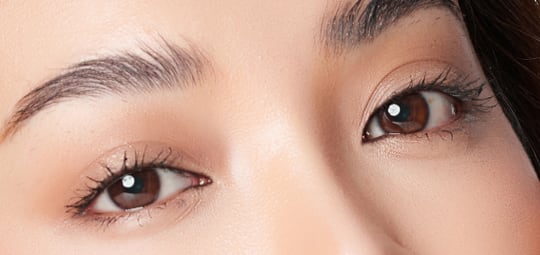Diabetes
Diabetic retinopathy is distinguished by tiny blood vessels in the retina leaking yellow fluid or blood. Even before a person is diagnosed with diabetes, this disease can manifest itself in eye tissue. Early detection can save people’s vision and prevent other potentially fatal complications.
High cholesterol
During an eye exam, a yellow or blue ring around the cornea could be detected. This could be a sign of high cholesterol, particularly in people under the age of 40. Deposits in the blood vessels of the retina can also indicate high cholesterol levels. This can lead to a potentially fatal stroke.
Vitamin A deficiency
Dry eyes and night blindness are symptoms of vitamin A deficiency. If you don’t get enough vitamin A, your eyes will be unable to produce enough moisture to keep themselves properly lubricated. Low vitamin A levels can also cause night blindness by preventing the production of certain pigments necessary for the proper functioning of your retina. Vitamin A deficiency is the leading cause of preventable blindness in children around the world.
Aneurysm
An aneurysm in a blood vessel is a bubble in the vessel’s wall. This porous wall could leak or rupture. Symptoms of an aneurysm may include a severe, one-sided headache or loss of facial or body function. Aneurysms are potentially fatal because they necessitate immediate medical attention.
High blood pressure
High blood pressure affects six million Canadian adults or 19% of the adult population. It’s indicated by unusual bends, kinks, or bleeding from blood vessels in the back of the eye. High blood pressure has long been linked to glaucoma, diabetic retinopathy, macular degeneration, and other eye diseases. Your doctor may detect high blood pressure symptoms during a dilated eye exam.
























